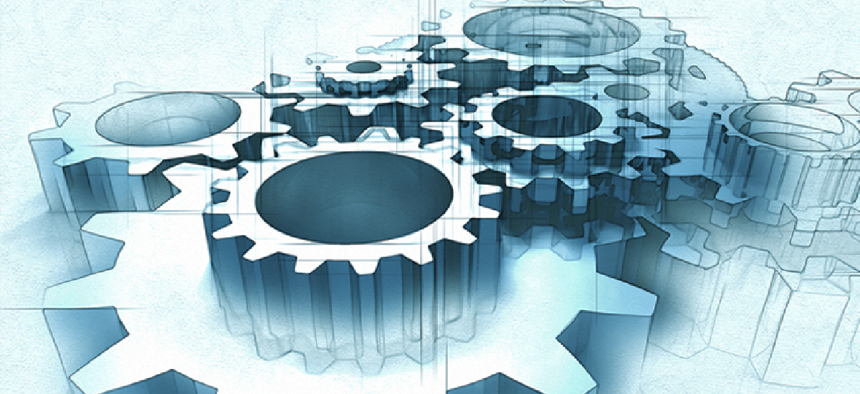Culture and IT modernization

Attempting to modernize without a comprehensive approach that accounts for an agency's culture, engages its workforce and addresses critical business practices can actually create new or additional challenges that limit effectiveness and negatively affect mission outcomes.

The COVID-19 pandemic has highlighted the many significant technological challenges our government faces, renewing calls to rapidly enhance IT modernization programs. Investments in these programs are critical for both our near-term crisis and our long-term prospects. In many cases, they are long overdue.
But as government agencies look to accelerate their IT modernization efforts – and contractors look to support those projects – it's important to remember that people are the critical element determining whether technology upgrades succeed. Attempting to modernize without a comprehensive approach that accounts for an agency's culture, engages its workforce and addresses critical business practices can actually create new or additional challenges that limit effectiveness and negatively affect mission outcomes.
This process begins with an understanding of how to acquire technology. Government procurement rules and regulations largely pre-date the new technologies developed over the past decade. This puts acquisition officials in a tough spot as they look to deliver innovation to their agencies. After all, no one wants to be the next poster child for wasteful spending or procurement violations.
Risk aversion in the acquisition community is holding back government innovation. It's essential that we change that culture, and provide the acquisition community with the tools, processes and incentives to meet the challenges of today and the future.
While the administration has taken several positive steps in addressing these challenges, including making frictionless acquisition a Cross-Agency Priority Goal, much more still must be done. We need a heightened focus on outcome-based procurements and a shift in mindset from labor-based to outcome-based acquisitions.
The contracting community also has an important role to play in helping to streamline these processes. Complaining about burdensome or outdated regulations will not suffice. We have a responsibility to provide clear, transparent practices that empower acquisition officials to understand exactly what they're purchasing. That means developing easily understood tracking mechanisms that define the value of enhanced technology for agencies and taxpayers, as well as training in alternate contracting mechanisms that they can use.
Acquisition is only one part of this effort. Without buy-in from program management or the rank-and-file workforce, no new technology – no matter how exciting or innovative – can be fully effective in serving the mission. Building that trust requires a robust framework of operations and a thoughtful approach to organizational change management.
The best managers in government will always put success of the mission above everything else. But as with the acquisition community, this well-intentioned commitment can often lead to an over-reliance on the familiar and risk-aversion that actually hold an agency back.
Industry must demonstrate that our innovations can safely and securely manage critical data – especially classified information – to assure that we are never putting national missions at risk. Government managers should also expect that any IT vendor has a proven understanding of unique agency missions built into their solutions. Because agencies operate in a different environment than commercial companies -- with different rules, practices, goals, security and compliance need, and expectations -- simply taking an off-the-shelf commercial product and pushing it into a government system is a recipe for failure.
Of course, the most important element in the success of any IT modernization effort is the workforce that uses the technology on a daily basis. If employees do not feel comfortable operating in a new system or a new environment -- or worse, if they actively oppose it -- we will never see the full benefits of modernization.
Supporting the workforce begins with an understanding that new IT systems are not designed to replace employees, but to help them do their jobs better by reducing repetitive tasks and preventing frustrating system outages. We have to communicate clearly and be transparent to employees about the impact of these changes, and the extensive positive outcomes in support of their ability to meet the mission. Workers must also be empowered with the skills they need to maximize any new technology. That means having a plan to engage and train employees for the tools they've been given.
We're at a critical moment in our country, and the need to upgrade our government IT is clear. We should absolutely take this opportunity to address gaps where they exist and invest in our future. By keeping in mind the important cultural components of this change, and the responsibilities both government and industry have in shaping this effort, we can maximize our impact and ensure what we all value most: success on our national missions.





